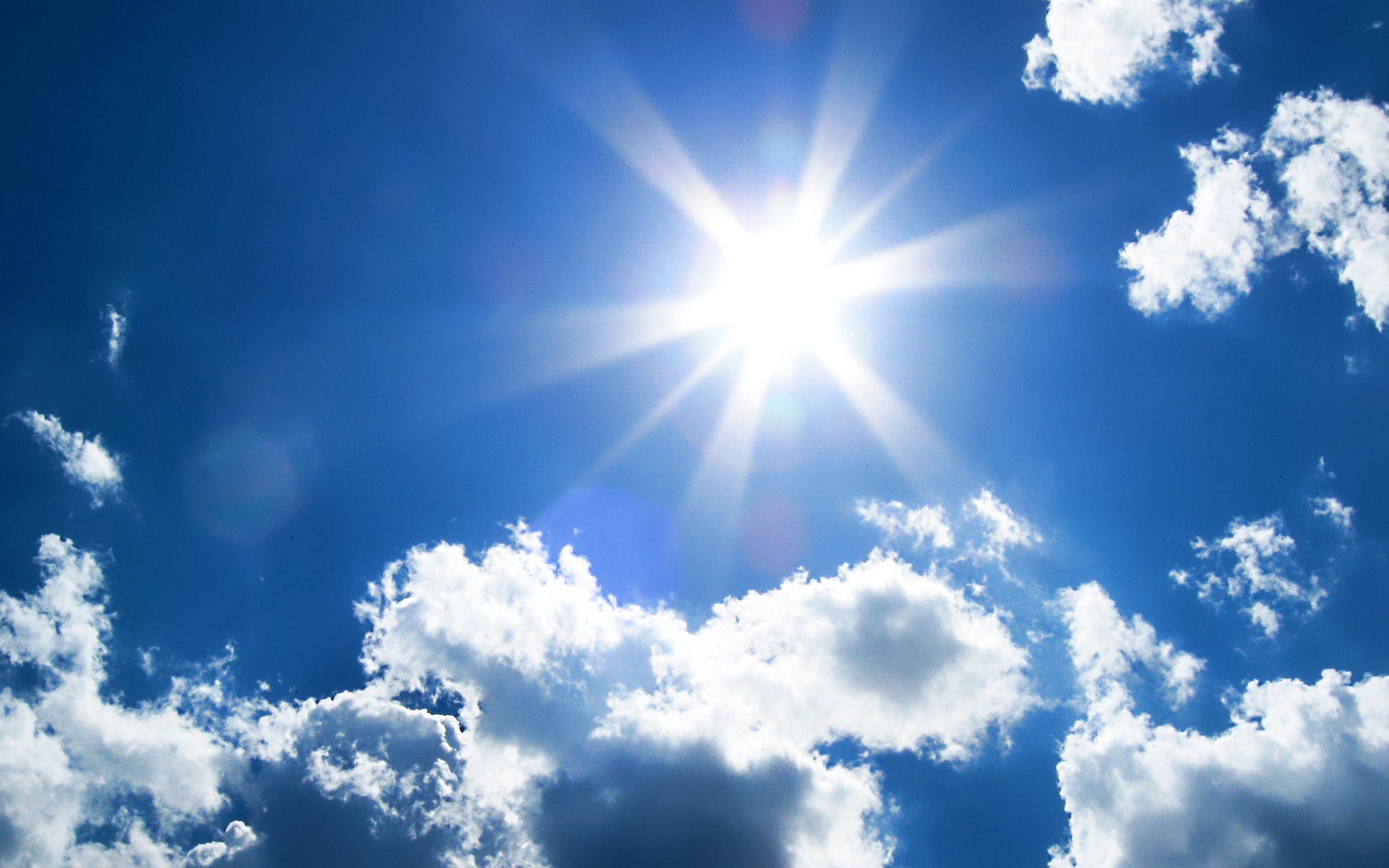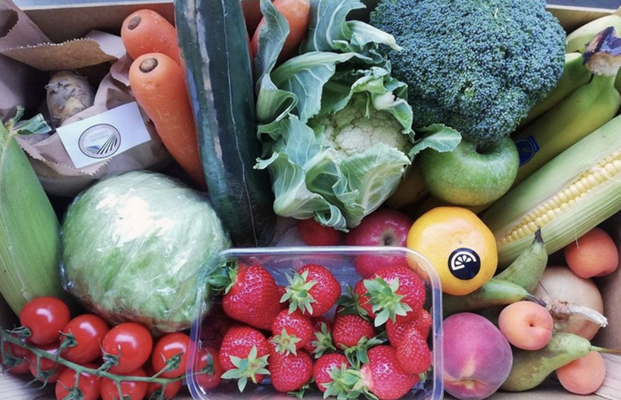SOME of the best dietary sources of vitamin D3 include oily fish like salmon, sardines, herring, mackerel etc. But while a portion of these would provide around fifty percent (5ug) of the recommended intake of 10ug, it isn’t advised to take two portions of fish per day to achieve your recommended daily intake of vitamin D3. This would be reckless due to mercury levels, among other things.
Vitamin D helps absorb calcium which is a strong mineral that is essential for strong bones, muscle and teeth.
The Avonmore brand protein milk is a decent source of vitamin D3 for adults. Meanwhile, the Arla brand Whole Milk for Big Kids is a good option for 1-5-year-olds. But again, you would need to take a lot of milk to achieve sufficient vitamin D3 needs, which would probably be impractical.
So fish and milk in effect simply top up your vitamin D3 levels. Sunshine, not food, is where most of your vitamin D3 comes from. Vitamin D3 season is between April and September on the island of Ireland, months during which our bodies best absorb D3.. You can get around 15 minutes of mid-afternoon sunshine with no sunscreen during these months, but beyond that it’s sunscreen time.
You should make the most of the sunshine at the moment, but if you can’t get the sun, then try a daily supplement containing 10ug as a safety net – a lichen supplement if you follow a vegan diet. From one year of age through to adulthood, including pregnancy and senior years, we need about 10ug per day. These are the guidelines in the North but guidelines in the South recommend 15ug per day for teenagers and adults. If you buy a vitamin D3 supplement that contains 20ug, you would only need to take this every two days as D3 is stored in our bodies.
• Lee McCusker (BA; MSc; MSc; MSc; ANutr; SENr) is a registered nutritionist from Belfast and can be found on Facebook, Instagram and Twitter. Email: attentive nutrition@gmail.com








